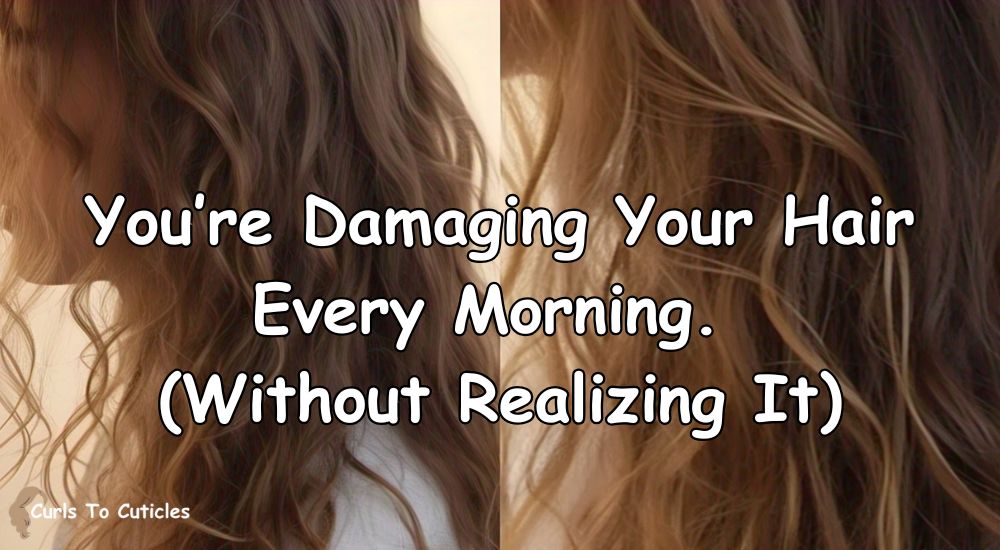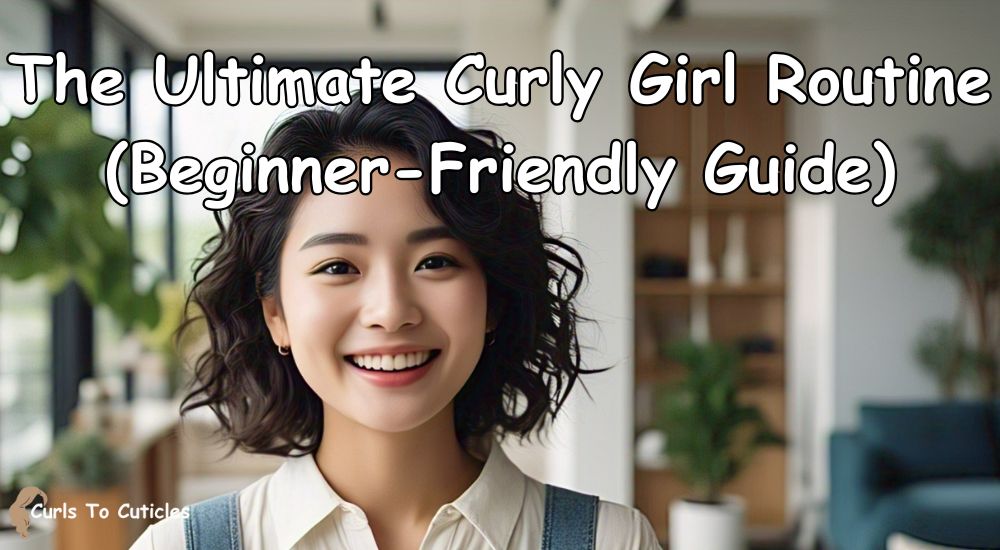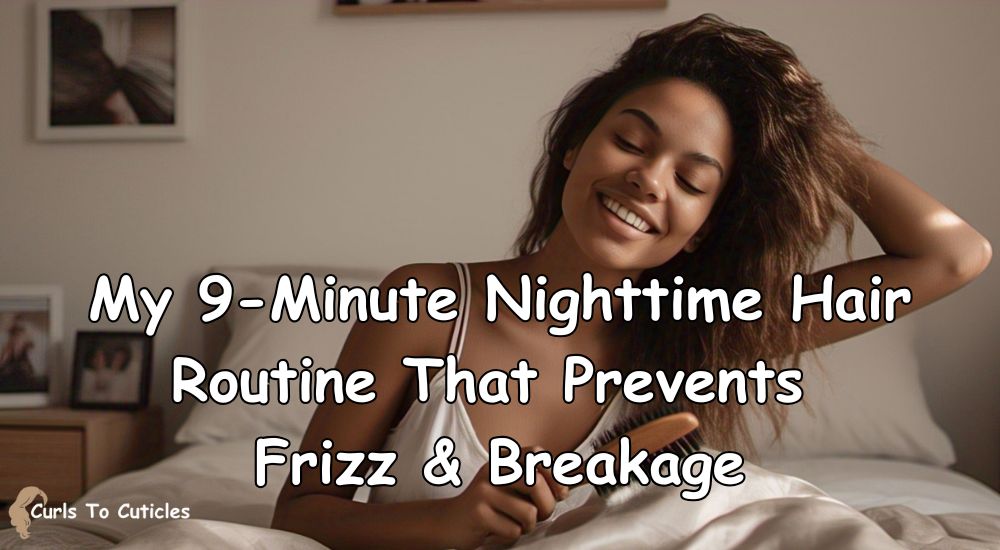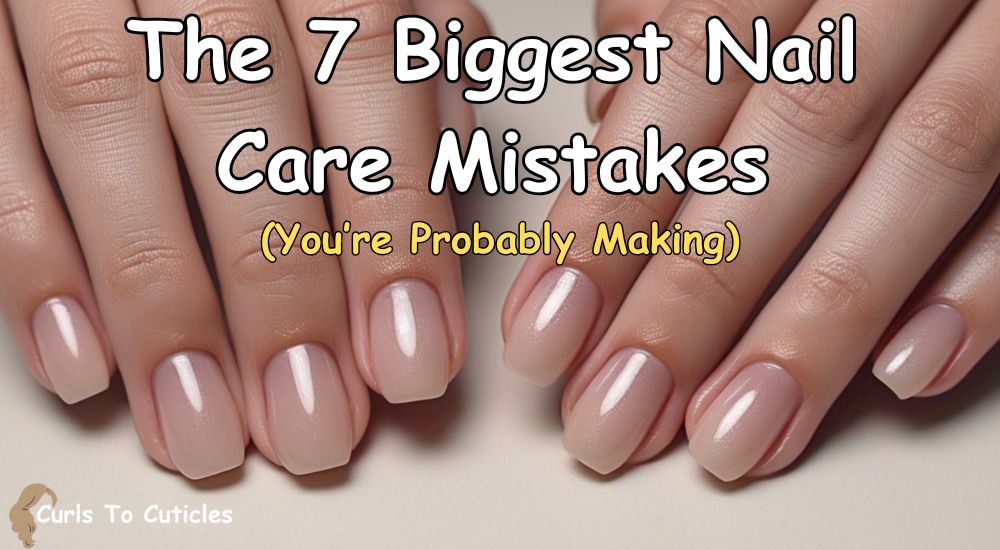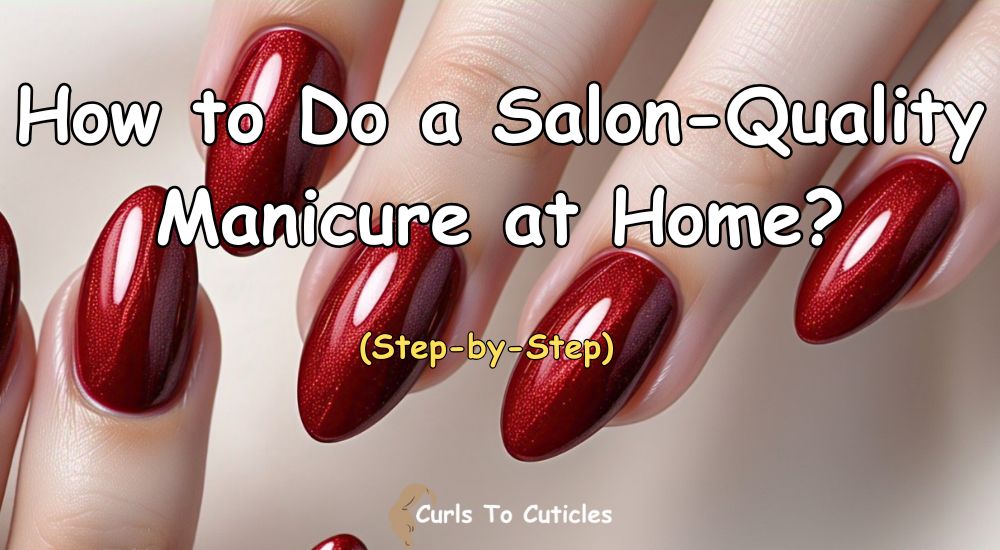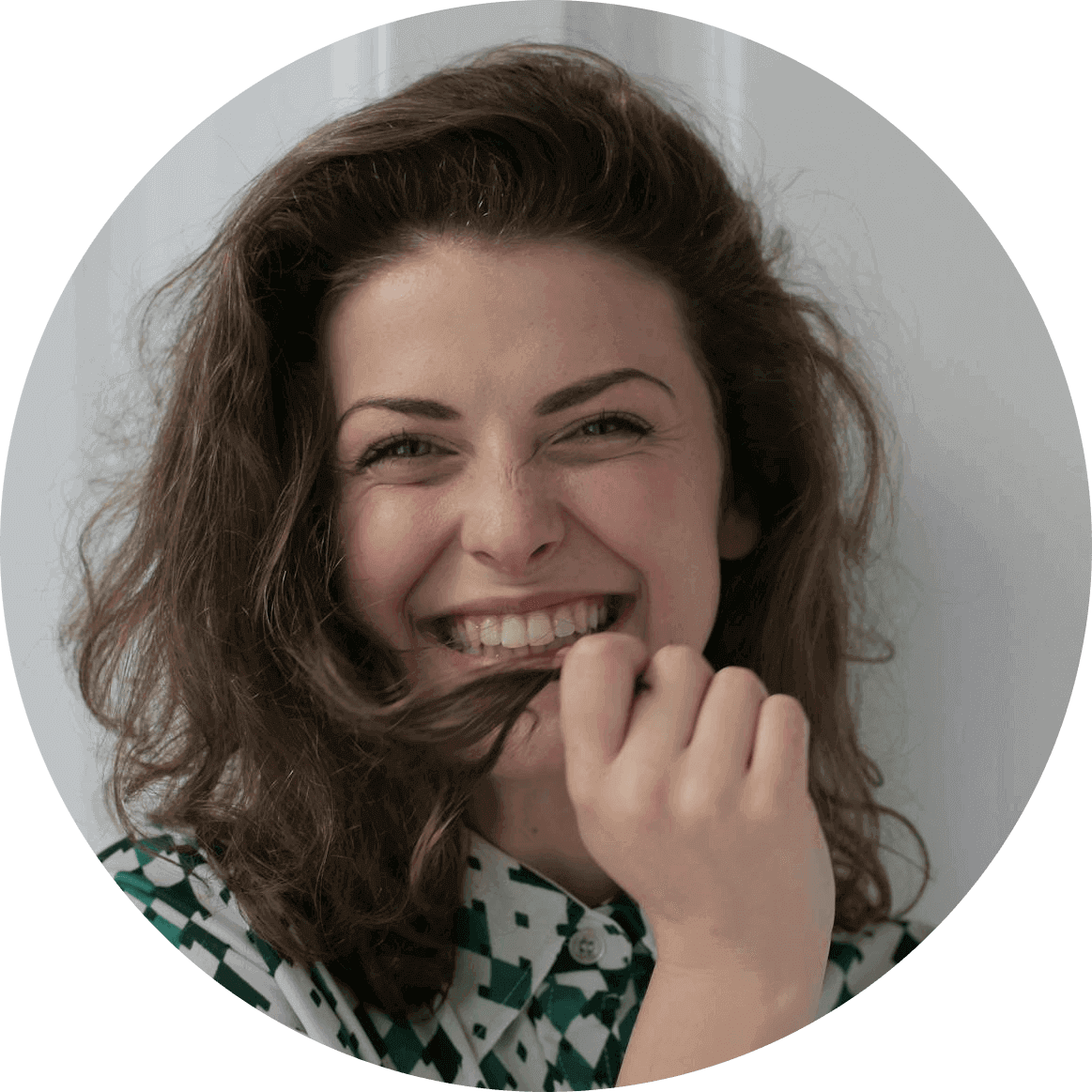Now Reading: I Stopped Using Shampoo for 60 Days (Here’s What No One Tells You)
-
01
I Stopped Using Shampoo for 60 Days (Here’s What No One Tells You)
I Stopped Using Shampoo for 60 Days (Here’s What No One Tells You)
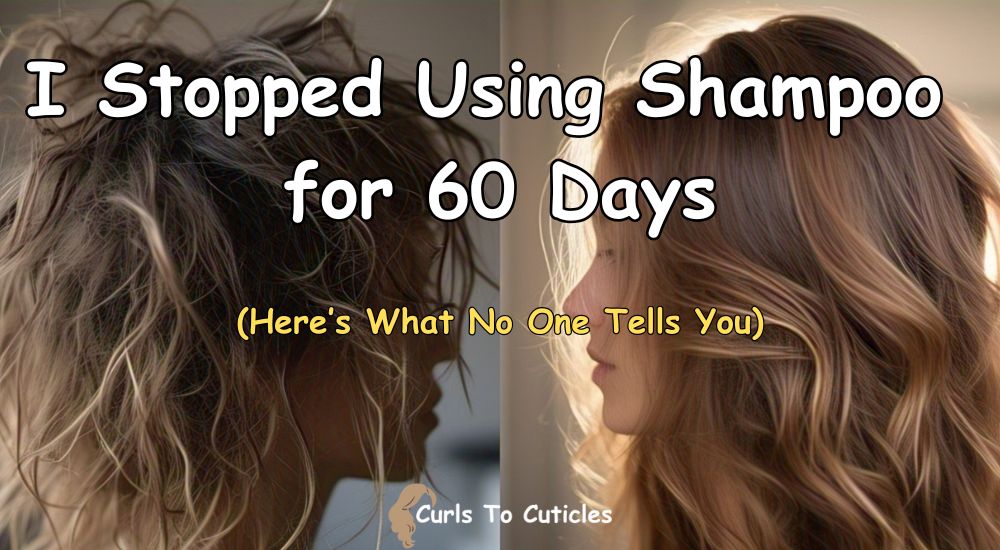
Let’s face it—shampoo has always been the cornerstone of most hair care routines. From the time we were kids, we’ve been told to lather, rinse, and repeat for clean, healthy hair. But in recent years, there’s been a growing buzz around going “no-poo”—a movement where people ditch shampoo entirely. Intrigued and slightly skeptical, I decided to test it out. I stopped using shampoo for 60 full days, and what happened shocked me.
This isn’t just a surface-level review. I’m going deep into the realities of not using shampoo, what I learned about my scalp, hair, and mindset—and all the unexpected highs and lows that came with it. If you’ve ever been curious about going no-poo or just want to simplify your hair care, this one’s for you.
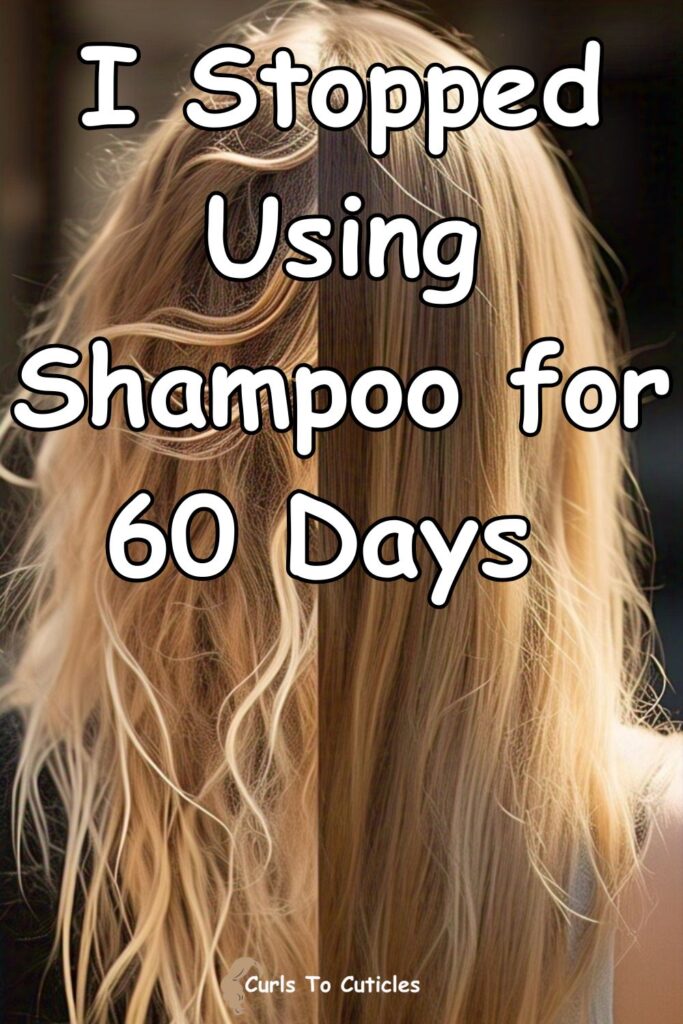
Why I Ditched Shampoo?
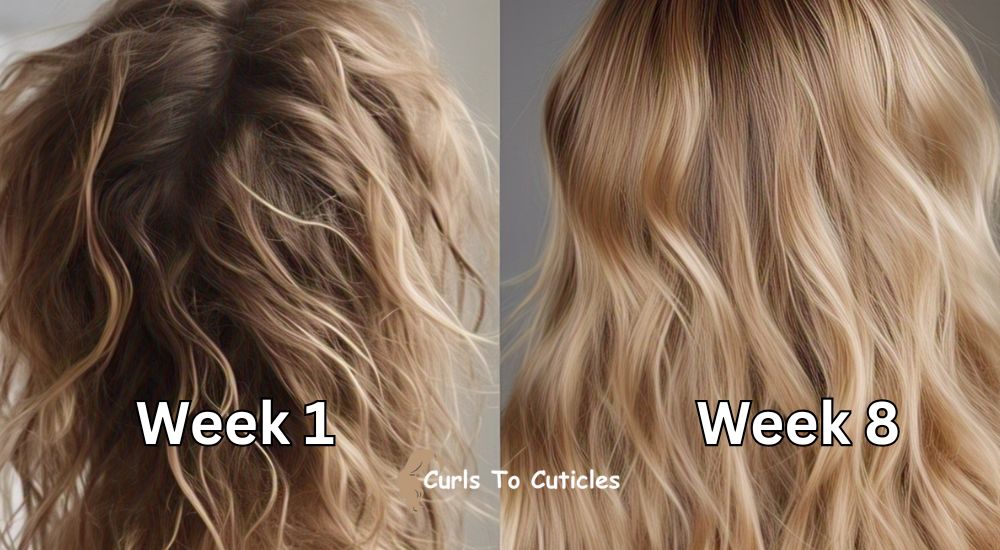
I didn’t jump on this trend blindly. I’d been noticing that my hair, though clean, was constantly dry at the ends and greasy at the roots. I felt stuck in a cycle—wash hair, enjoy one good hair day, and by the next morning, it was flat and oily again. No matter what shampoo I tried—clarifying, sulfate-free, or “natural”—the results were short-lived.
After reading about how shampoo might actually strip the scalp of natural oils, causing it to overproduce oil as compensation, it clicked. Maybe the problem wasn’t my scalp—it was how I was treating it.
So, I committed: No shampoo for 60 days.
Week 1: The “What Am I Doing?” Phase
I started strong—optimistic, curious, and maybe a little smug.
I rinsed my hair thoroughly with warm water every couple of days and massaged my scalp with my fingertips to stimulate blood flow and remove dirt or buildup. But by Day 4, my hair was visibly greasy, especially at the roots.
I panicked a little. I wondered if I had made a mistake, but I reminded myself: this is the detox phase. My scalp was recalibrating after years of being stripped of oils.
The first week was rough:
- Roots were greasy
- Ends were dry
- Hair felt heavy and dull
- I wore hats and buns daily
Still, I pressed on.
Week 2: Discovering Natural Alternatives
By the second week, I realized just water wasn’t cutting it for me. I did some research and tried a few natural alternatives to help manage oil and odor without reintroducing harsh shampoos.
🌿 Baking Soda + Apple Cider Vinegar Rinse
- I mixed 1 tablespoon of baking soda with 1 cup of water, massaged it into my scalp, and rinsed.
- Followed it with a diluted ACV rinse (1 tbsp ACV + 1 cup water) to restore pH balance.
Result? Hair felt significantly cleaner without feeling stripped.
I decided I’d use this method once a week for balance—not too harsh, not too oily.
Week 3: The Turning Point
Something amazing started happening around Day 18. My hair, while not perfectly clean, started to feel softer, fuller, and stronger. I noticed:
- My scalp wasn’t itchy anymore
- My hair had more volume
- Oil production slowed down
- I could go 4–5 days without any type of wash
Plus, the frizz I’d battled for years was… gone? My hair was more defined, and I started to see a natural wave pattern I didn’t even know existed. No styling products. No heat.
Just my hair, naturally healthy.
Week 4: Cravings and Comparison
By the end of the first month, I was seeing genuine improvements, but I won’t lie—temptation hit hard. I missed the instant freshness that comes with shampooing. I found myself smelling my hair, worried about what others might think.
But the truth is, no one said anything. No weird looks. No comments. And my hair, while not salon-commercial glossy, looked healthy and full.
I reminded myself why I started:
- No chemicals
- Balanced scalp
- Authentic hair texture
And those goals were becoming reality.
Week 5: Embracing My New Routine
By now, I had my routine locked down:
- Rinsing with warm water 2–3 times a week
- Scalp massage with a boar bristle brush
- Weekly baking soda + ACV cleanse
- Occasional use of aloe vera gel on the scalp
- A few drops of argan or jojoba oil on the ends
I was also incorporating scalp exfoliation once every two weeks using brown sugar and olive oil. My scalp had never felt better—less flaky, less oily, and no buildup.
My hair:
- Grew faster
- Felt thicker
- Had natural shine
- Needed zero heat styling
Week 6–8: What No One Tells You
Here’s the real talk—the stuff no one shares when they post those dreamy no-poo before-and-afters.
1. You’ll Doubt Yourself
There were moments I questioned everything. The first few weeks are mentally challenging. You’ll want to reach for that bottle. But this is where transformation happens.
2. You Learn About Your Scalp
Going no-poo teaches you to actually listen to your scalp. I learned when mine needed hydration, exfoliation, or just a break.
3. You Save Time and Money
No more $30 “miracle” shampoos. No more 30-minute styling sessions. I cut my hair routine down to under 10 minutes a day.
4. You Rediscover Texture
Without heavy products, I finally saw my natural wave pattern. My hair looked air-dried but styled—soft, bouncy, and alive.
5. Not All Natural Routines Work
Some days I tried DIY rinses or masks that left my hair gummy or weirdly sticky. Trial and error is part of the journey.
Unexpected Benefits of Going No-Poo
Here are a few surprising wins I didn’t expect:
✅ Less Hair Fall
I used to shed handfuls of hair in the shower. Now? Just a few strands.
✅ Zero Split Ends
No heat + no stripping = ends that stay healthy longer.
✅ Better Scalp Health
No dandruff. No itchiness. No dry patches.
✅ No More Greasy Roots
Once oil production leveled out, I stopped needing dry shampoo or daily washes.
✅ Increased Confidence
There’s something empowering about being in tune with your natural hair. I wasn’t hiding behind styles—I was embracing what I had.
The Downsides (Because It’s Not All Perfect)
To keep it real, here are a few challenges I faced:
❌ The Transition Is Brutal
The detox phase is not glamorous. Your hair will feel gross, and it requires patience.
❌ Not for Every Hair Type
Some people (especially those with very fine or oily hair) might struggle more. Your experience may vary based on hair texture, climate, and diet.
❌ Public Perception
Even though my hair smelled and looked fine, I still worried others would assume I was “dirty” because I didn’t use shampoo.

Tips for Anyone Going No-Poo
If you’re considering trying this out, here are a few tips to help make the journey smoother:
- Start Slowly: Try spacing out your washes gradually before going cold turkey.
- Use a Scalp Brush: It stimulates the scalp and helps distribute oils.
- Stay Hydrated: Healthier scalp and hair come from within.
- Use Silk Pillowcases: Reduces friction and keeps natural oils intact.
- Be Patient: It takes time for your scalp to adjust—trust the process.
- Track Progress: Take pictures weekly to see changes you might not notice daily.
- Be Gentle: Use wide-tooth combs and avoid tight hairstyles that can cause breakage.
So… Will I Ever Use Shampoo Again?
After 60 days, I can honestly say I’ve redefined my relationship with shampoo. I’m not 100% anti-shampoo—I believe it has its place. But I’ll never go back to daily or even weekly washing.
Now, I treat shampoo like a reset button—used only when necessary, maybe once a month if I’ve used a ton of styling products or need a super fresh cleanse.
My hair is healthier, stronger, and more “me” than it’s ever been. And most importantly—I’ve broken the cycle. I no longer feel like I need to shampoo just to feel clean.
Final Thoughts
Quitting shampoo for 60 days wasn’t just a beauty experiment—it was a deep dive into understanding how our bodies regulate and care for themselves when given the chance. It taught me patience, discipline, and trust in my body’s natural rhythms.
Is it for everyone? Maybe not. But if you’re tired of the shampoo cycle, battling oily roots or dry ends, or just curious about what your hair might look like in its purest form—try it.
Even if you don’t go full no-poo forever, the experience alone will give you valuable insight into what your hair truly needs. And that’s something no bottle of shampoo can give you.


